
About a third of the carbon dioxide released by fossil fuel burning winds up in the global ocean. Repeat cruises help scientists understand what happens to that carbon below the water surface.
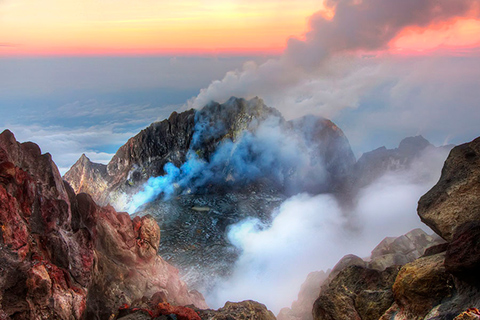
Las actividades humanas emiten 60 veces o más la cantidad de dióxido de carbono liberado por los volcanes cada año.
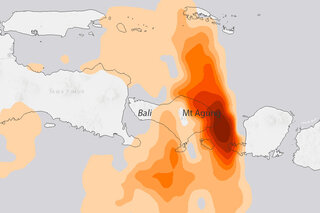
Mount Agung erupts in Indonesia: Is it a climate event?
December 7, 2017

NOAA's Climate Prediction Center releases its 2017 Atlantic hurricane outlook, saying odds favor an above-normal hurricane season.
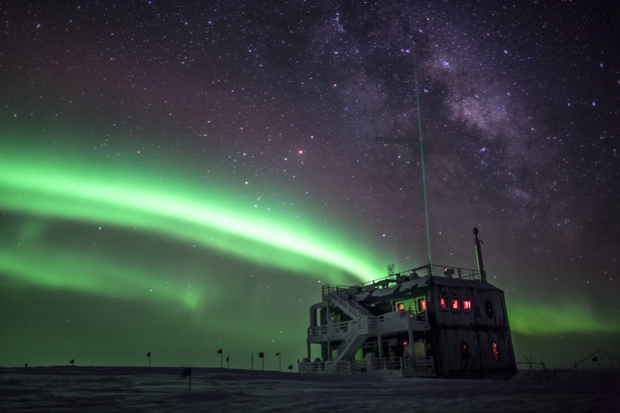
The ozone hole didn't cause global warming, but climate and the ozone hole are related in other ways.
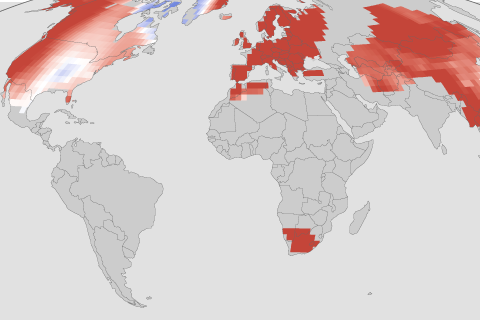
Globally, 2015 set a new record for the most extremely warm days in the 66-year record (1.8 times more than the average). The number of extremely warm days and nights was the highest ever recorded in western North America, parts of central Europe, and central Asia.

2015 was a tough year for vegetation, both natural and agricultural, with a near-record area of global land surfaces in some state of drought.
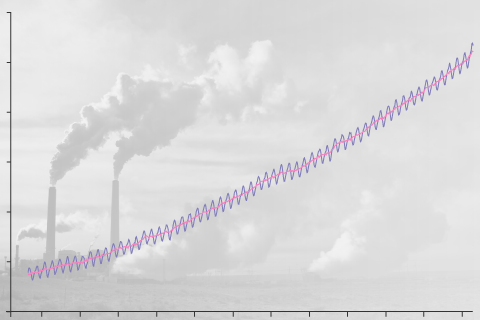
Using measurements taken worldwide, scientists estimated that 2015’s global average carbon dioxide concentration was 399.4 parts per million (ppm), a new record high. At Mauna Loa Observatory in Hawai’i, where atmospheric carbon dioxide has been recorded longer than anywhere else in the world, the annual average carbon dioxide concentration was 400.8—also a new record, and a new milestone.
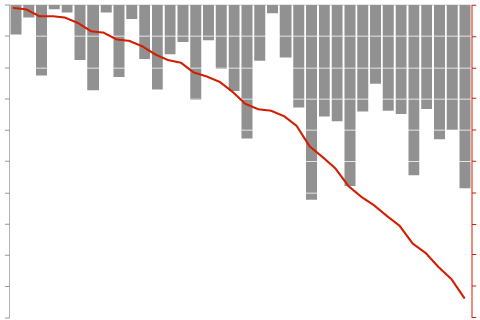
In 2015, glaciers across the globe, on average, continued to shrink for the 36th consecutive year.

Ocean heat storage has increased substantially since 1993, hitting a record high in 2015, according to the State of the Climate in 2015 report. Ocean warming accounts for over 90% of the warming in Earth’s climate system.